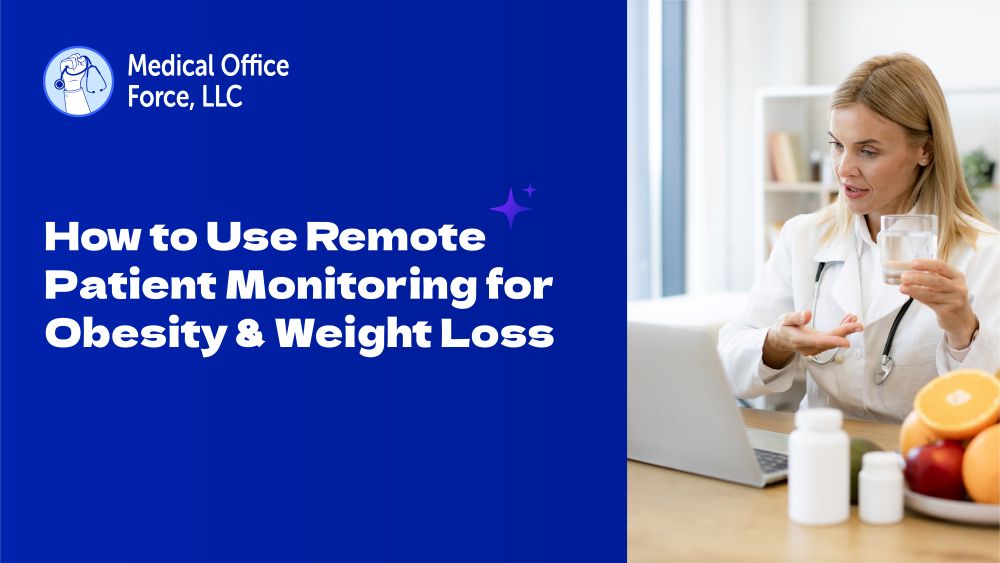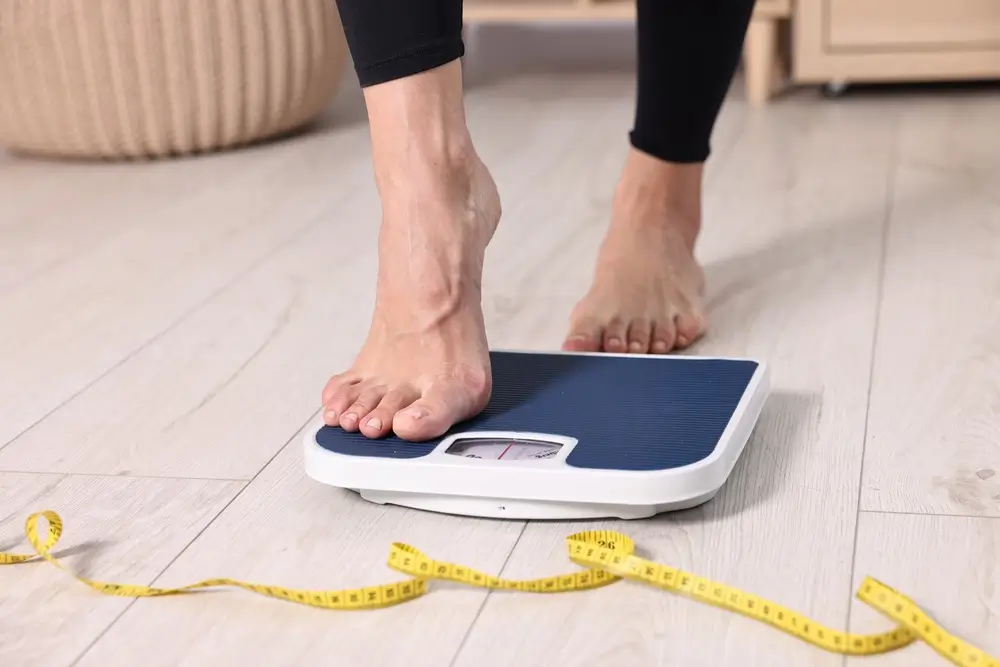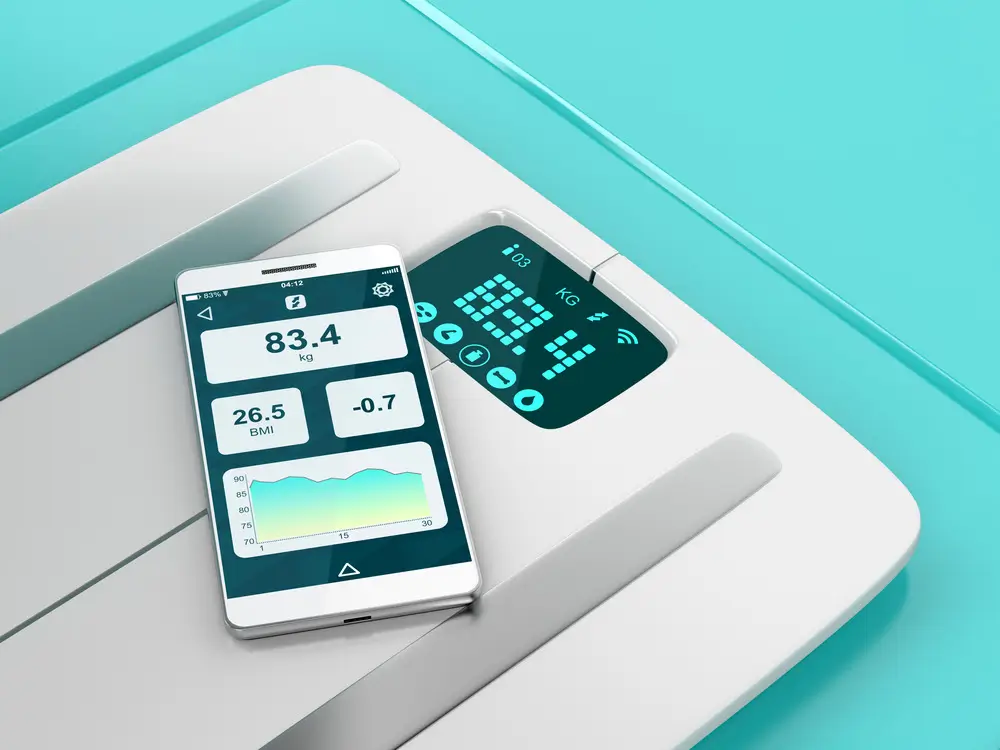
How to Use Remote Patient Monitoring for Obesity & Weight Loss
Obesity affects over 42% of U.S. adults, increasing the risk of diabetes, heart disease, and other chronic conditions. Traditional care often loses momentum between visits, but Remote Patient Monitoring (RPM) helps bridge that gap. (CDC)
Why physicians often struggle to achieve consistent patient outcomes
- Time constraints: Typical visits last 10 to 15 minutes, leaving limited scope to explore dietary patterns, sleep health, and psychological triggers in depth.
- Biological complexity: Obesity is often treated as a lifestyle issue rather than a neurohormonal and metabolic condition that requires medical intervention.
- Irregular follow-up: Without structured continuity, patients lose motivation, and small lapses quickly reverse progress.
- Underuse of technology: Many practices still rely solely on in-person check-ins, missing opportunities for remote monitoring, automated feedback, and patient accountability.
Building a more effective clinical model for obesity care
- Begin with a structured baseline evaluation.
Go beyond BMI to assess waist circumference, visceral fat indicators, sleep patterns, mental health, medication-related weight gain, and past weight-loss attempts. - Set realistic, collaborative goals.
Define measurable milestones that feel achievable for the patient, for instance, a 5 percent weight reduction in three months or a daily step target of 7,000. - Combine behavioral coaching and evidence-based therapy.
Motivational interviewing, meal structure planning, and small daily changes often outperform drastic diet restrictions. When appropriate, incorporate FDA-approved anti-obesity medications. - Address underlying sleep and mental health issues.
Depression, insomnia, stress eating, and obstructive sleep apnea all contribute to metabolic dysregulation. - Maintain consistent follow-up frequency.
Patients are most successful when they receive regular reinforcement, biweekly touchpoints initially, tapering to monthly check-ins once weight stabilizes. - Early feedback enables timely course correction before motivation declines.
- Begin with a structured baseline evaluation.

How Remote Patient Monitoring changes the trajectory of weight management
RPM allows physicians to:
- Track real-time changes in weight, blood pressure, and activity levels.
- Provide structured weekly feedback that reinforces accountability.
- Identify plateau phases early and modify care plans proactively.
- Increase adherence through consistent digital touchpoints rather than waiting for the next appointment
Proven results by RPM
- Digital monitoring plus feedback: Tracking weight with real-time coaching improves adherence and long-term outcomes (PMC4380831).
- Behavioral changes: Continuous data keeps patients accountable between visits.
- Durable impact: Clinically supervised digital programs support lasting weight maintenance (CDC Adult Obesity Facts).
Current CPT codes such as 99453, 99454, 99457, and 99458 support reimbursement for setup, device transmission, and interactive communication, helping practices sustain high-quality, continuous care. CMS RPM guidance.

The role of Medical Office Force in supporting clinical implementation
Medical Office Force supports practices in building effective RPM programs, compliant billing, and real-time data visibility.
Our RCM and clinical support services are designed to reduce administrative load, help improve the accuracy of documentation, and make sure patients receive consistent, connected care.
References
- CDC Adult Obesity Facts: https://www.cdc.gov/obesity/adult-obesity-facts/
- Adaptive Behavioral Interventions: (PMC4380831)
- CMS MIPS Overview
- Forbes
For more information, write to contact@medicalofficeforce.com


This was a very informative read. I really liked how clearly you explained the role of Remote Patient Monitoring in supporting obesity and weight-loss care. The point about maintaining patient engagement between visits was especially useful. Thanks for breaking it down so well!
Great article!
Great information, RPM keep the patient close to the physician and help to motivate patient on daily basis.